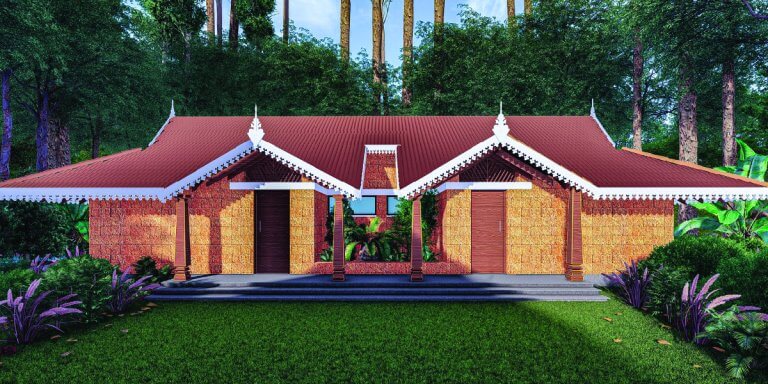LED (short for Light Emitting Diode) is a two-LED semiconductor light source that emits light when an electric current is passed through it. During this process, energy is released in the form of photons. Without getting too Ventilationsservice Skåne, what you really need to know is that LEDs are more efficient at converting energy into light compared to incandescent and fluorescent models. Consuming less energy, LEDs last much longer and don’t generate as much heat as traditional picture lights, for example.
Built-in LEDs allow you to get a thin profile with a thickness of 1/2′′. Today, more and more lighting fixtures use built-in LEDs. These are LEDs built into the luminaire on a permanent basis, as opposed to devices with removable LED lamps. The advantage of built-in LEDs is that they allow lighting manufacturers to create sleeker and thinner fixtures. With a thickness of less than 1.5 cm, these innovative LED models can be installed in places where no other recessed luminaire can. For example, a lot of LED users like to install them to highlight art, and all modern picture lighting is based on a LED lighting.
So how long do LEDs last? A very long time! Most LED bulbs typically last between 25,000 and 50,000 hours. For comparison, a typical incandescent lamp lasts about 1,000 hours, up to a maximum of 2,000 hours. LED lighting does not burn out like traditional light sources; instead, it slowly fades over time. Often, when buying an LED fixture, you will see the inscription “50,000 hours to 70 percent” (“L70”). This means you can expect LED lighting to last at least 50,000 hours, by which time it will be at least 70 percent of its original power (down 30 percent). The long lamp life combined with the low power used to create the light is what makes this technology so promising.
One of the best things about LED technology is that it allows you to create your own custom lighting design using different color temperatures, brightness, warmth and efficiencies.
Correlated Color Temperature (CCT)
Most LED fixtures offer a choice of color temperatures in various shades of white. This temperature, or CCT, is measured in degrees Kelvin (K) on a scale of 1,000 to 10,000. The higher the Kelvin, the closer the luminaire’s color rendering is to real sunlight. Warmer whites typically have a temperature of 3000K or lower, while neutral whites typically have a temperature of 4000K. Temperatures of 5000K and above on the Kelvin scale result in “cool” white light. Typically, the Kelvin temperature for commercial and residential lighting fixtures is somewhere between 2500K and 5000K. It is important to consider color temperature when choosing a light fixture so that the look and feel of the light matches the mood and atmosphere you are trying to create.
Color rendering index (CRI)
The CRI scale gained popularity as LEDs became more widely used in homes. CRI goes hand in hand with color temperature in choosing the right lighting for your application. Basically, CRI is an assessment of how well a light source renders the colors of objects in their natural form. Think of it this way: in today’s social media world, we’re used to seeing things shown through various filters and apps that change how an object or item looks in real life. The goal of CRI is to remove the filters and accurately display colors as they are, from a piece of art hanging on the wall to food being prepared in the kitchen. On a CRI scale of 1 to 100, LED light sources with a CRI of 90+ are considered the best in terms of color rendering. The higher the CRI, the more accurate colors will appear under LED lighting.




